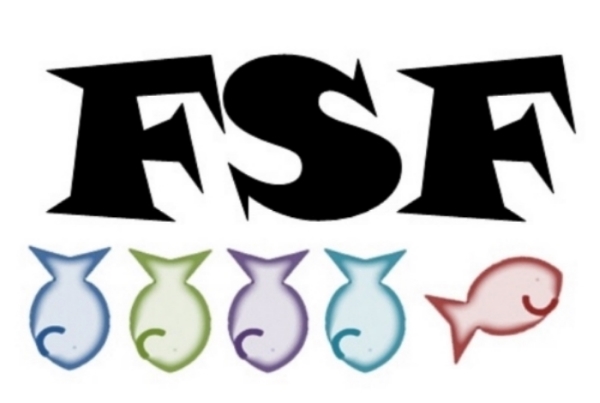Brief History: It’s French. Super French. Even if it’s not French originally, the French have claimed it. It’s theirs now. There are other similar stories from other cultures, but this one belongs to France. The most popular version is the simple one: merchant wants a rose for his only unselfish child, Beast locks up dad, Beast locks up Beauty in order to let Dad go, they have a very awkward dinner every night, and finally she saves the Beast with love (after almost killing him in the first place). This was the version Jeanne-Marie Leprince de Beaumont and Andrew Lang wrote down. They both based it off a story by an entirely different French person, Gabrielle-Suzanne Barbot de Villeneuve, whose version includes a lot of confusing backstory. Some argue that all of this was inspired by Petrus Gonsalvus, a man who suffered from that condition where hair constantly grows on your face and body. He, by the way, was not French, but was living in France when he met his wife.
Analysis: As a child, I loved this story. This was partially Disney’s fault in creating a heroine who read more than I did. This was also partially a pretentious predisposition to prove that looks truly did not matter. Overall, this is another story where the main character is both victim and hero. She is courageous and kind, but she isn’t desperate to make everyone around her happy. Beauty puts up with a lot from her brothers and sisters and then gets dumped in the castle. By the time Beast is trying to win her over, she must have been pretty fed up. She isn’t willing to bend to his will or marry him right away simply because she is his prisoner. There is some part of her that still wants to be defiant. This becomes a central theme in the famous La Belle et la Bête film by Jean Cocteau (Disney stole from this, by the way).
Blame it on the Victorians: Modern illustrations always give the Beast a human look. He’s an animal, but his face isn’t quite like any animal you can name. He walks on two legs and eats with a spoon. You wouldn’t see him at the zoo. However, Victorian illustrations usually just put clothes on a walrus or warthog or lion and called it a day. Here’s where it’s going to get gross. When the Beast is humanized, you think, “Eh, Beauty isn’t stupid. Some part of her has probably figured out that he’s a human under a spell”. But when you look at a picture of Beauty crying over a dying mammoth that you feel looks more like her pet than her would-be husband, the idea of her confessing her love for him is…as I said, kinda gross. If he never changed into a prince, they would have had some truly horrifying children.
Last thoughts: Insert Stockholm Syndrome joke here
*If you want know any of the places where some of my research comes from, just contact me.

